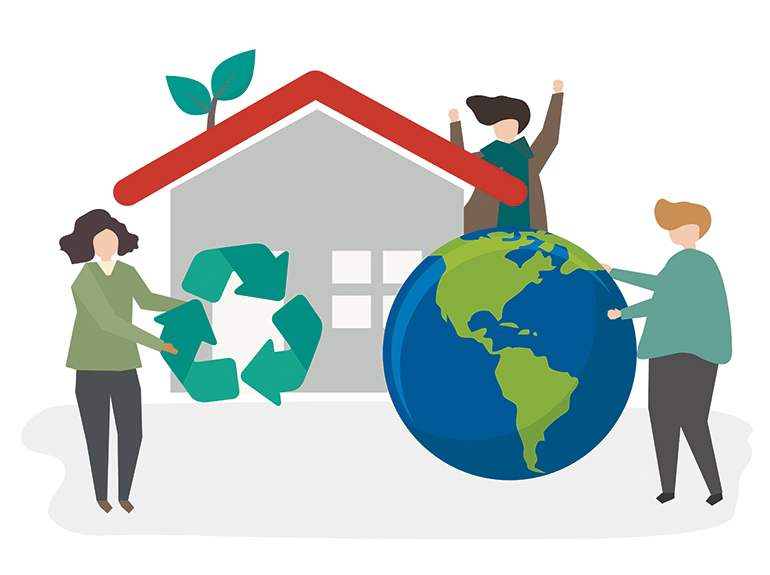 rawpixel.com | FREEPIK
rawpixel.com | FREEPIKNatural disasters wreaking havoc in the Philippines have become an annual occurrence. While the current spotlight on the topic is on the controversial flood control projects, the taken-for-granted resilience of the Filipino people must be reciprocated with resilient housing in the face of climate and calamities.
Climate-resilient housing is not necessarily just building houses that can withstand or adapt to the escalating impacts of climate change. Rather, it is also built based on the context of the local community and on the preferences of the homeowner. In its essence, it is housing that ensures that even the most vulnerable have safe, stable, and affordable places to live.
As the frequency and intensity of climate-related disasters increase, the concept of resilient housing has emerged as a critical priority for communities in the country. According to the Climate Change Commission, while there was a noticeable decrease in the number of tropical cyclones entering the country in recent years, there has been an increase in their intensity.
Furthermore, data from the Red Cross Climate Center show that over 60% of the Philippine population lives in coastal areas and will be forced to relocate due to the projected one-meter sea level rise caused by climate change. Based on this, more than 60 million Filipinos are anticipated to move from their current homes by 2100.
To combat this, the need for resilient housing designed to endure and recover from natural disasters and climate impacts in proper locations is required. Unlike traditional construction, which often focuses solely on aesthetics or immediate functionality, resilient housing emphasizes durability, adaptability, and sustainability.
Some of the more prominent features of resilient homes include structural strength to withstand extreme weather events, such as high winds, seismic activity, or flooding. Adaptability is also another factor. Resilient homes need to have room for improvements or expansion should there be more needs. In the theme of sustainability, these homes must also incorporate energy-efficient systems, water conservation measures, and sustainable materials to reduce environmental impact. Finally, these homes should be planned based on the community and should have access to local evacuation routes and emergency services.
The Philippine government, for its part, has taken initiative and begun building these types of homes. Through the 4PH (Pambansang Pabahay Para sa Pilipino) Program, the administration is championing climate-resilient housing to address the dual challenges of housing needs and climate change.
Headed by the Department of Human Settlements and Urban Development, the public sector has pledged to adopt resilient housing designs and launched initiatives to digitalize and streamline urban planning processes, with its key outcomes including safer communities, sustainable urban development, improved quality of life, economic growth, and enhanced resilience.
Currently, 56 projects are in various stages of development under this program. In April 2025, 4PH projects in San Mateo, Rizal, City of San Fernando in Pampanga, Davao City, and Tagoloan in Misamis Oriental were reportedly being prepared for turnover to beneficiaries. Additionally, ongoing 4PH projects in Metro Manila are in Caloocan City, Manila, Quezon City, and San Juan City.
Resilience among Filipinos can no longer be an excuse for substandard housing that leave households in peril during disasters. Investing in climate-resilient homes that are safe, adaptable, and community-centered ensures a future where people can thrive despite the occasional natural occurrences. — Jomarc Angelo M. Corpuz

 9 hours ago
4
9 hours ago
4




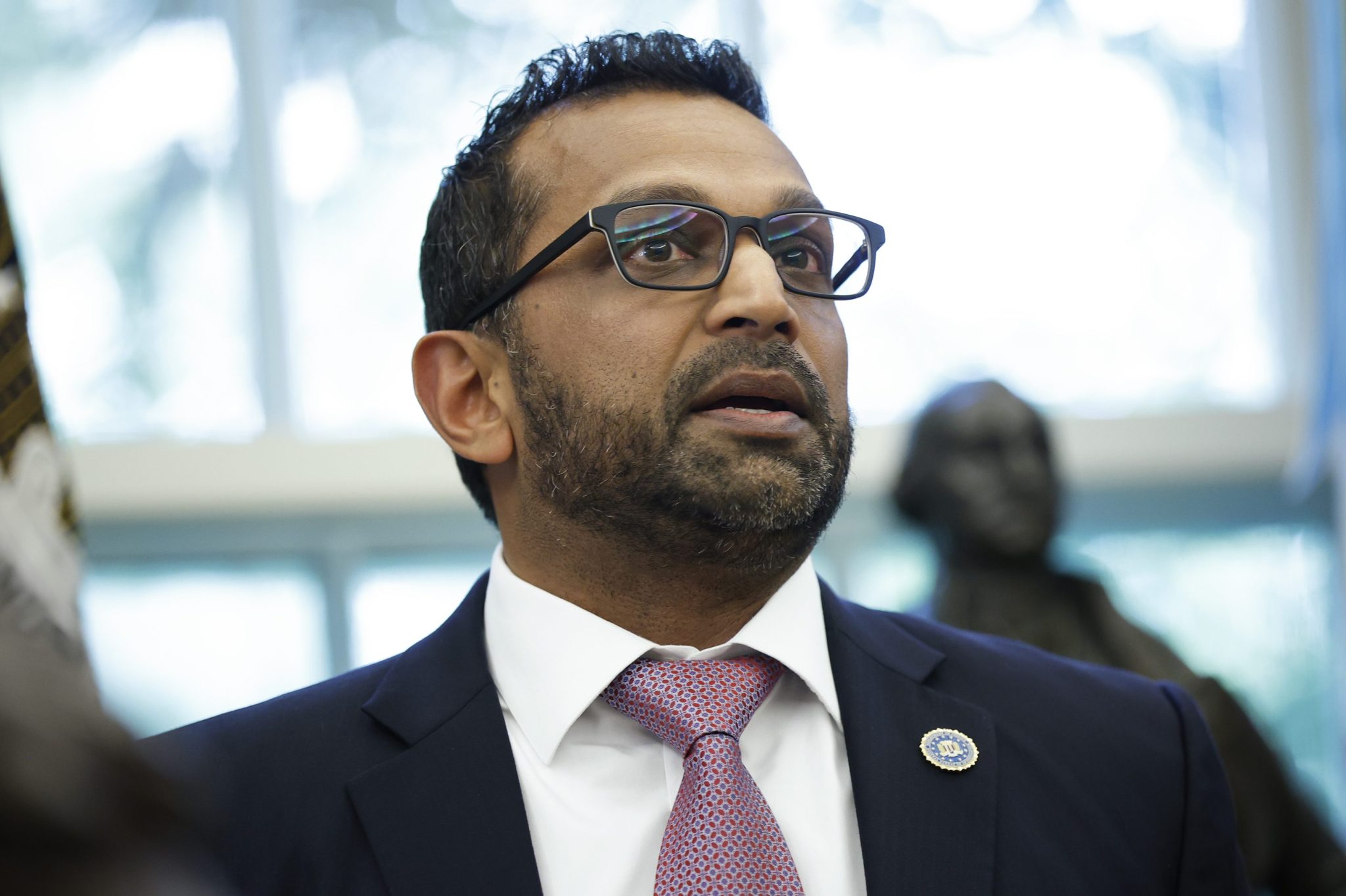
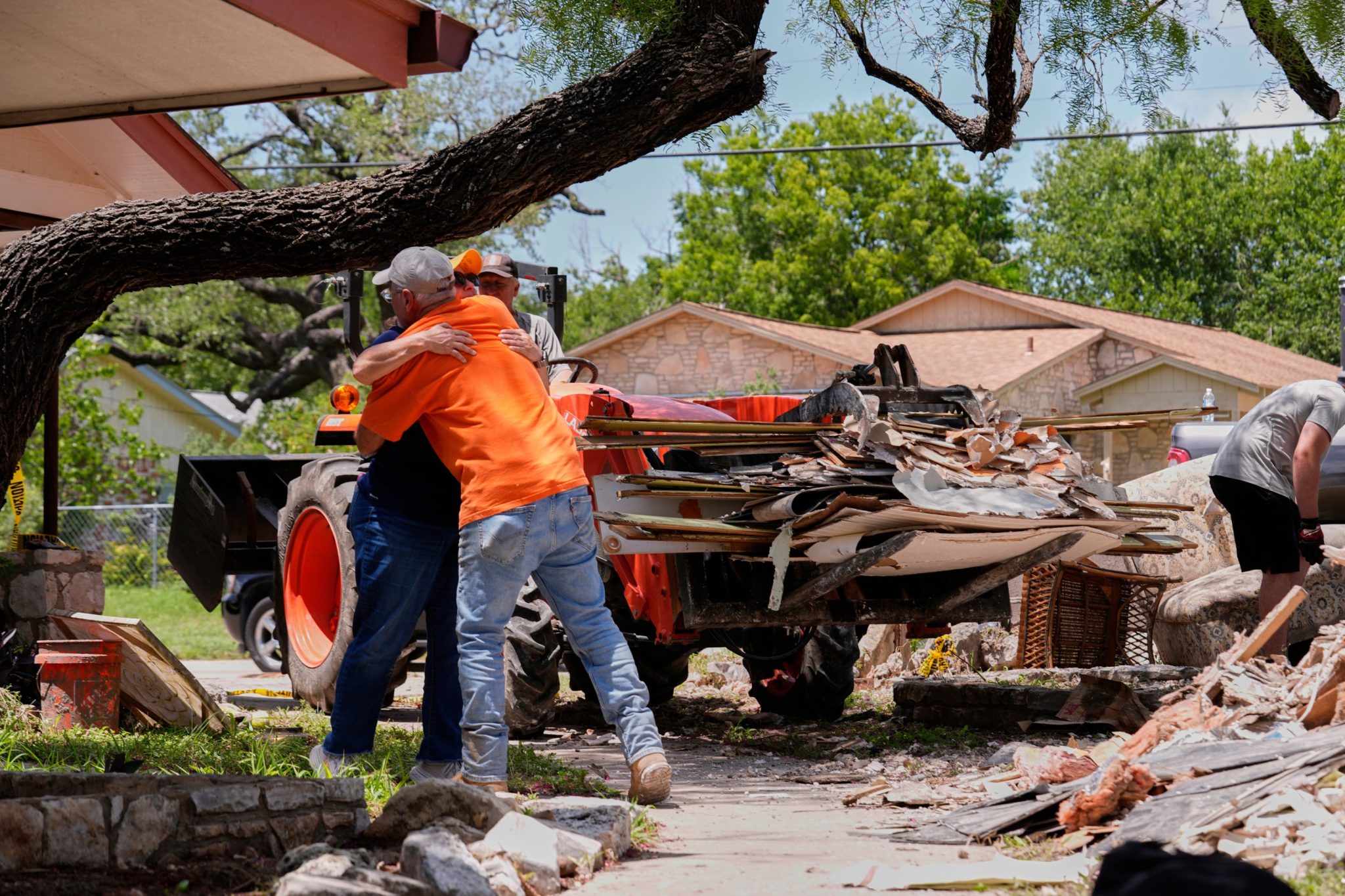





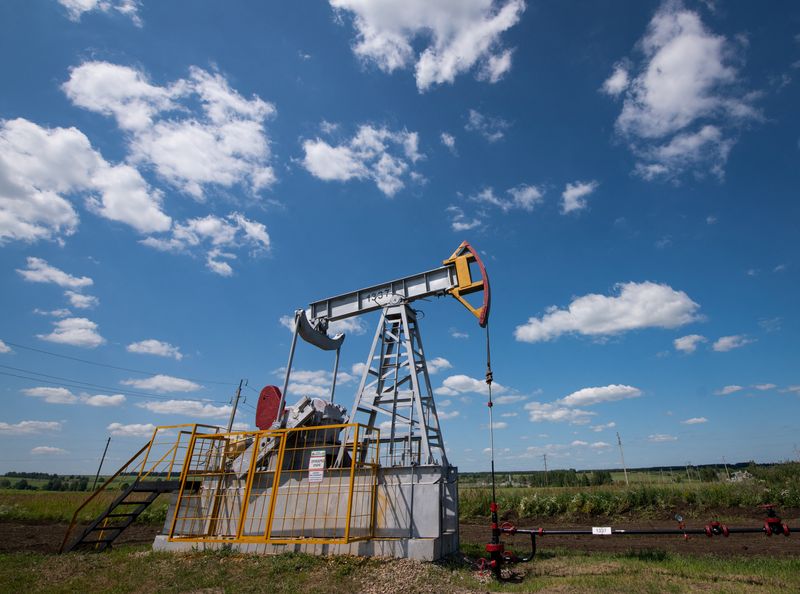


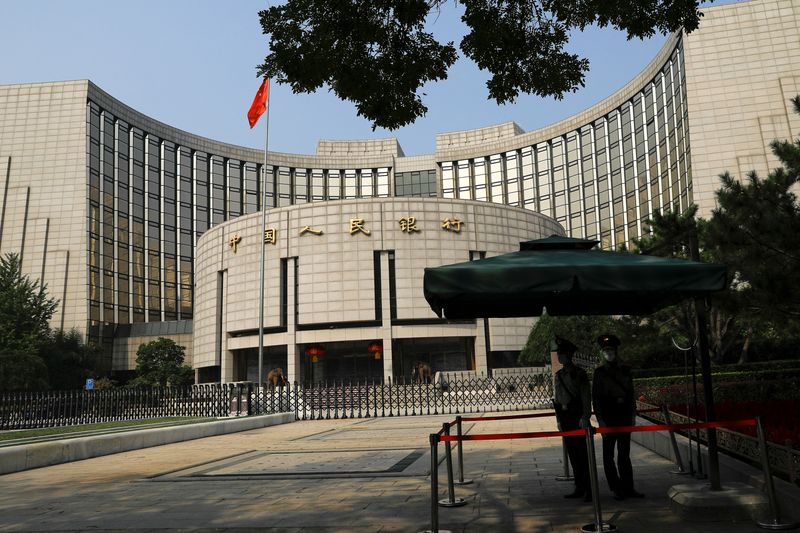
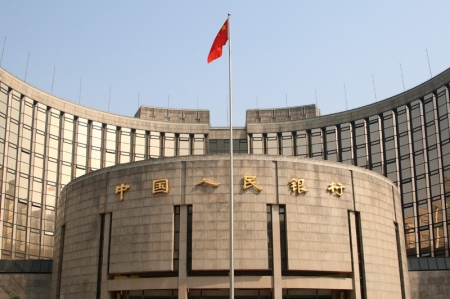



 English (US) ·
English (US) ·